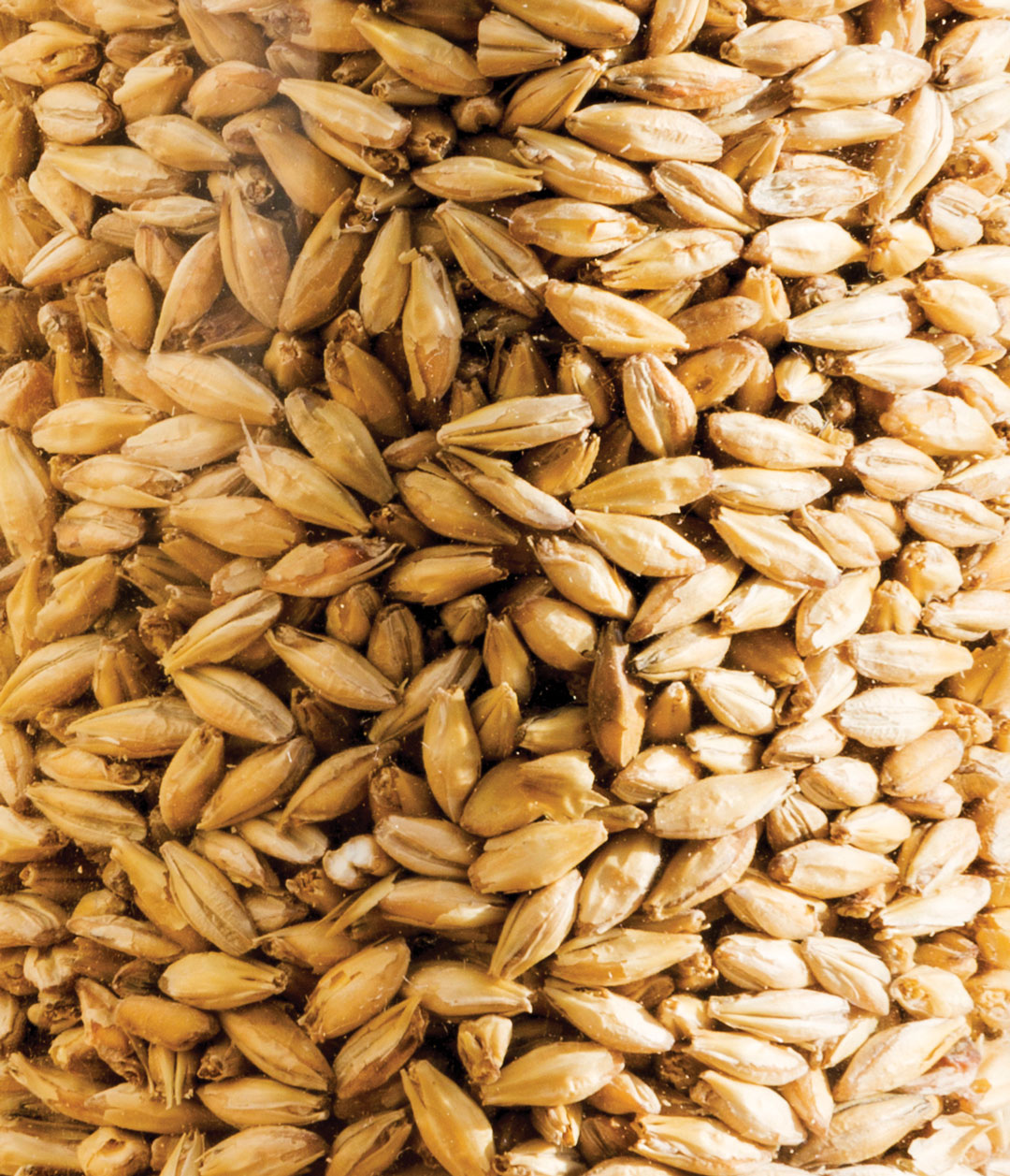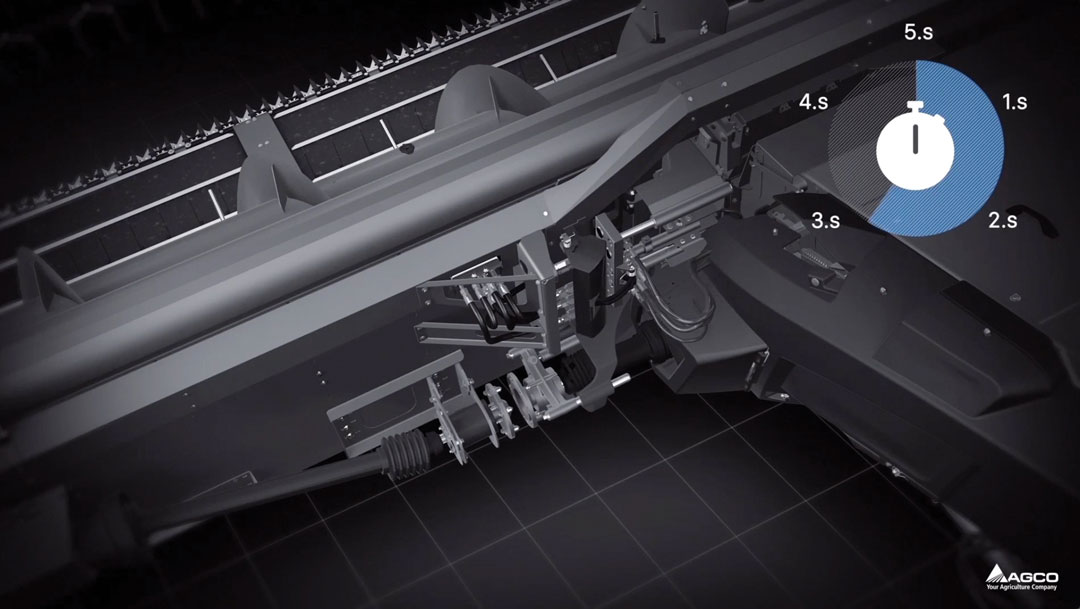FAMILIAR FACES
METCALFE AND COPELAND REMAIN ON TOP, WHILE NEWCOMERS SEE MODEST DEMAND INCREASES
BY MELANIE EPP
The Canadian Malting Barley Technical Centre (CMBTC) released its 2016-17 recommended varieties list and it looks eerily similar to last year’s— Copeland, Metcalfe and then all the rest.
“With this list we provide signals to growers about which varieties we believe have the greatest potential to be selected,” said Peter Watts, managing director of the CMBTC.
The list not only helps them to choose easily marketed varieties, but also links varieties to the maltsters that own their rights.
According to Watts, Metcalfe and Copeland accounted for more than 70 per cent of the two-row varieties seeded in 2015. However, both are older varieties, which means that they lose out in terms of yield and agronomic performance to the new cultivars. However, end users are accustomed to the older varieties, Watts said. This makes it very difficult for growers to transition to new varieties, even if those newer varieties have better agronomics.
“It’s complicated,” Watts said. “It’s a chicken-or-egg scenario where you don’t have the quantities of new varieties to offer to big buyers, but the producer doesn’t want to grow large quantities and be at risk of not being able to sell that barley.
“How do you get large quantities produced of a new variety so you can introduce it to the end users? Who shoulders that risk? And that’s the thing that the industry is grappling with in the post-Wheat Board era.”
On the whole, demand for malting barley is increasing. In 2015, there was an 11.5 per cent increase in seeded malting barley acres over 2014. This trend is expected to continue in 2016.
One of the reasons demand is on the rise is the steadily growing craft brewing industry. Kevin Sich, manager of the grain department at Rahr Malting Canada Ltd., has been watching this growth closely. About 80 per cent of Rahr’s production goes to the U.S., home to some 2,600 craft brewers. Another 2,500 are rumoured to be in the planning and licensing stages right now, he said.
“It’s huge, you know. Five thousand craft brewers in the U.S. in the next two years,” he said. “I don’t know where it ends. Five or 10 years ago, there were maybe 500. It’s gone crazy.”
According to Watts, malting barley acreage isn’t the only thing that’s increasing. The crop’s value is also on the rise, and it could be one of the most profitable crops in 2016.
Growing demand for malting barley has created shifts in varietal demand. According to Sich, for instance, Copeland has gained a lot of traction in Western Canada because of the craft brewing industry. Demand for Metcalfe, however, has waned. Sich attributes the decline to Metcalfe’s enzyme package and the fact that it has been around too long. As a result, he said, it struggles agronomically.
Maltsters and brewers like Sich have been looking for replacements for Metcalfe for some time now. “There’s a variety through SeCan called Kindersley, which kind of looked like it was going to be a Metcalfe replacement,” he said. “It has very similar characteristics in the malting as Metcalfe, but again there was a little bit of a protein issue with that variety. It’s earlier maturing, but I don’t think it’s going to take off. It’s going to control a few per cent of the acres, but it’s just not a big player.”
Another variety of interest is Syngenta’s Synergy. “We look at it as a Metcalfe replacement,” Sich said. “It has a little better package, and agronomically, we’re probably seeing 10 to 12 per cent yield boosts. Anytime you tell a grower that, it gets their attention right away.”
To view the entire varieties list, click here.







Comments